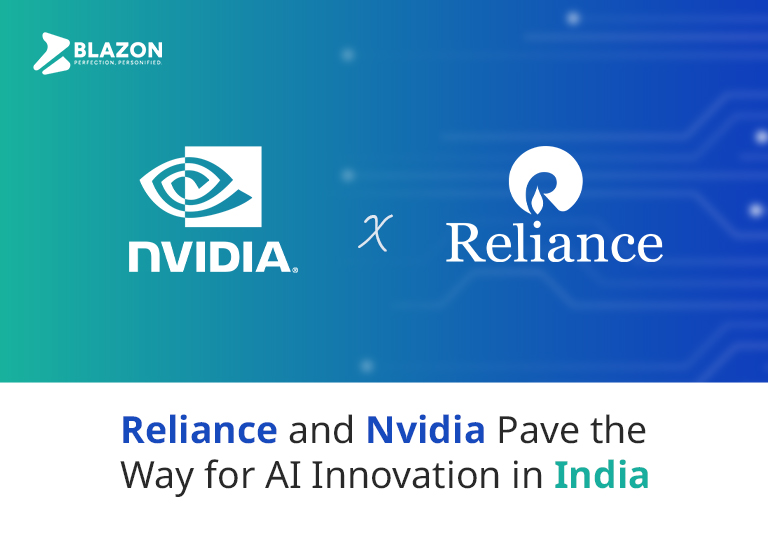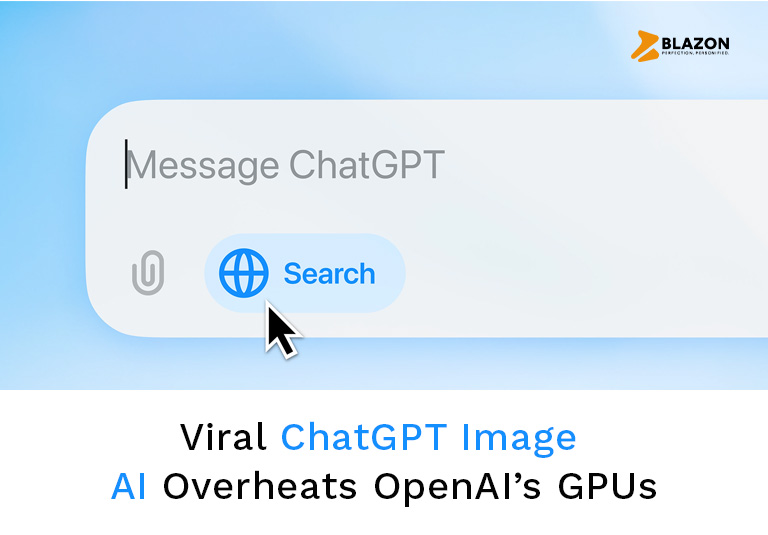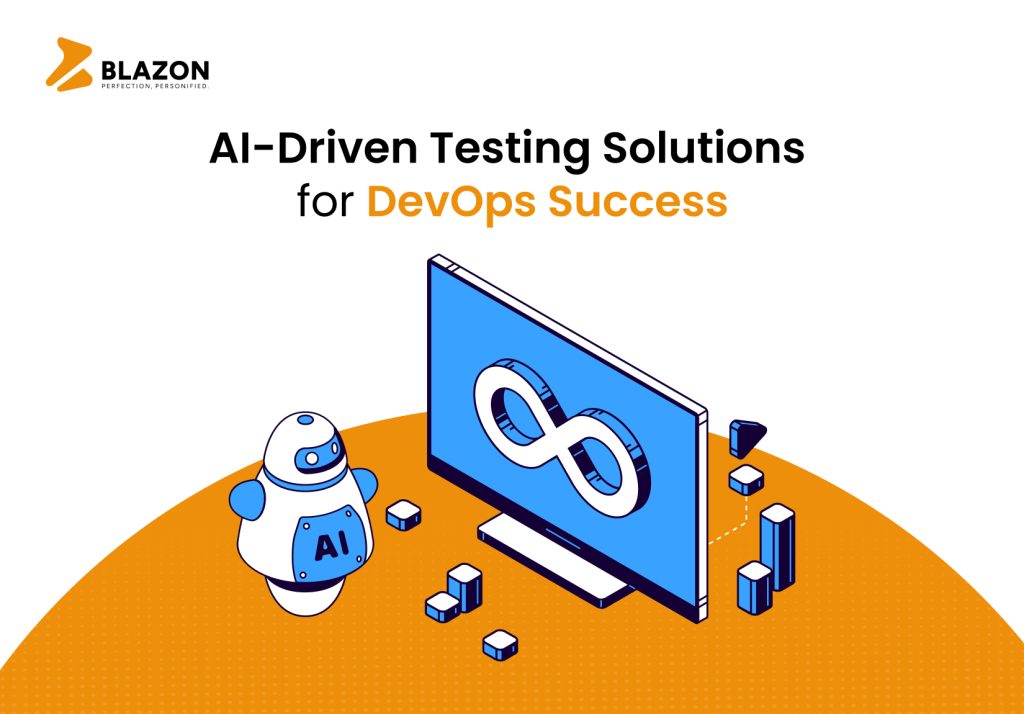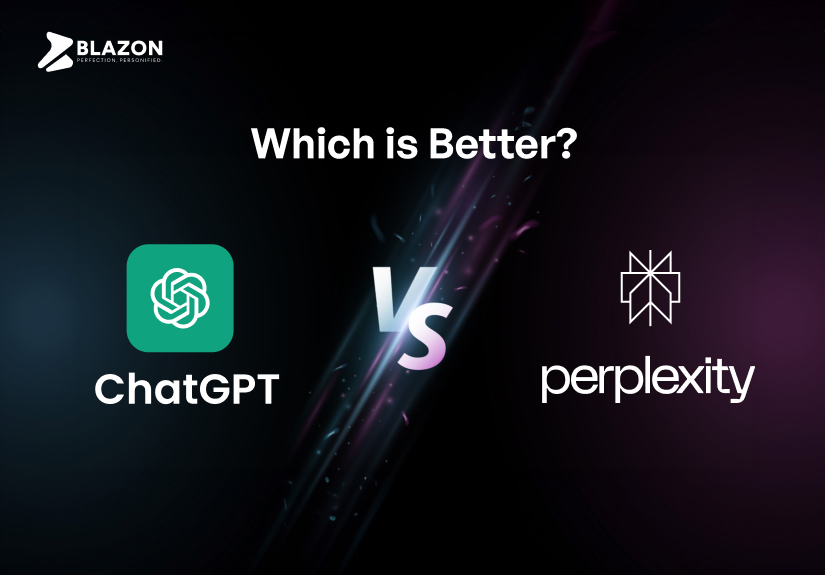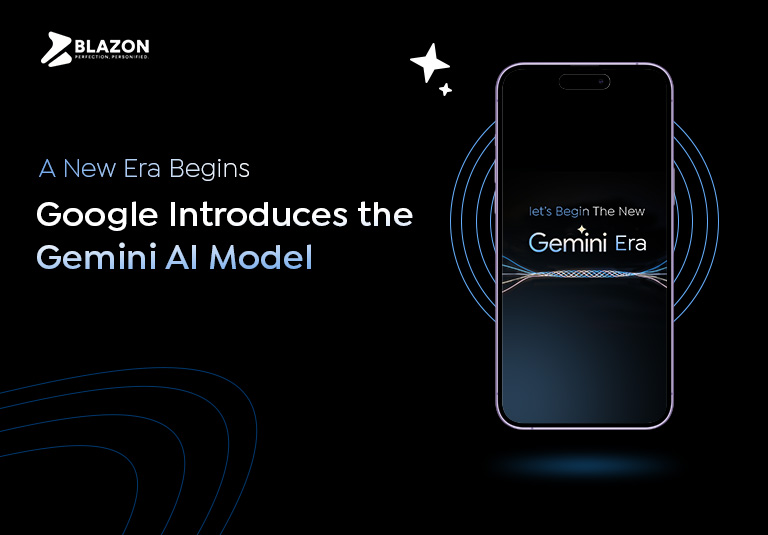At the NVIDIA AI Summit in Mumbai on October 24, NVIDIA announced that it would be collaborating with Reliance Industries to develop a sizable AI infrastructure in India. With this strategic partnership, India’s goal to become a global center for artificial intelligence (AI) innovation and adoption is at a pivotal point.
With Nvidia’s world-class AI computing experience and Reliance’s significant position in India’s industrial and technology sectors, this partnership has the potential to revolutionize India’s AI capabilities across a range of industries.
Nvidia and Reliance’s AI Partnership
Nvidia and Reliance Industries established a collaboration to develop extensive AI infrastructure in India to advance the nation’s AI capabilities. In an event at the Nvidia AI Summit in Mumbai, Reliance Chairman Mukesh Ambani disclosed intentions to implement scalable AI infrastructure by utilizing Nvidia’s GB 200 supercomputer technology.
The infrastructure will be powered by the latest supercomputing technologies, including the recently released GB200 supercomputers and Nvidia’s sophisticated GPUs (Graphics Processing Units).
Large-scale AI training will be supported by these systems’ processing capacity, which will allow for the creation of AI models that can process enormous volumes of data at previously unheard-of speeds.
The company is also collaborating with other Indian companies, such as Flipkart, Infosys, Tech Mahindra, Krutrim, and Sarvam.ai, to create a huge language model in Hindi. To build AI-powered data centers, Nvidia is also working with Yotta and Tata Group.
India-made AI for India
India is a diverse country, with 1.4 billion people speaking many languages in addition to more than 22 officially recognized languages. To build a truly inclusive AI infrastructure that can be applied to industries like government services, healthcare, education, and agriculture, Reliance and Nvidia are working to construct AI models fluent in Indian languages.
Ambani highlighted Jio’s capacity to distribute technology at scale by pointing out that the business now distributes data at 15 cents per gigabyte, which is lower than the global average of $3.5.
Huang listed India’s unique advantages in the AI challenge, citing the country’s vast user base, digital data, and IT talent pool, all of which can come together to create an “AI flywheel.” The collaboration is essential to advancing AI capabilities in India, according to Nvidia, which employs more than 10,000 engineers there.
Prime Minister Narendra Modi’s vision for AI in India is closely aligned with the effort. According to Huang, PM Modi has previously discussed the significance of India producing its own AI instead of “exporting data to import intelligence” in their exchanges.
Additionally, both leaders recognized the democratizing impact of open-source AI models, especially Meta’s Llama. Llama could serve as a basis for future developments of more sophisticated Indian language models, according to Mukesh Ambani.4
India’s Impact on Global AI Race
This partnership between two tech titans occurs when artificial intelligence is quickly emerging as a key component of global economic competition.
India can emerge as a leader in AI innovation by developing cutting-edge AI infrastructure domestically. The collaboration with Nvidia guarantees that Indian businesses, scholars, and establishments will have access to the most advanced resources for developing and implementing AI models.
India’s strategic focus on AI, supported by partnerships like this one, will be essential to its success in the global arena as AI continues to influence the future of sectors throughout the world.

